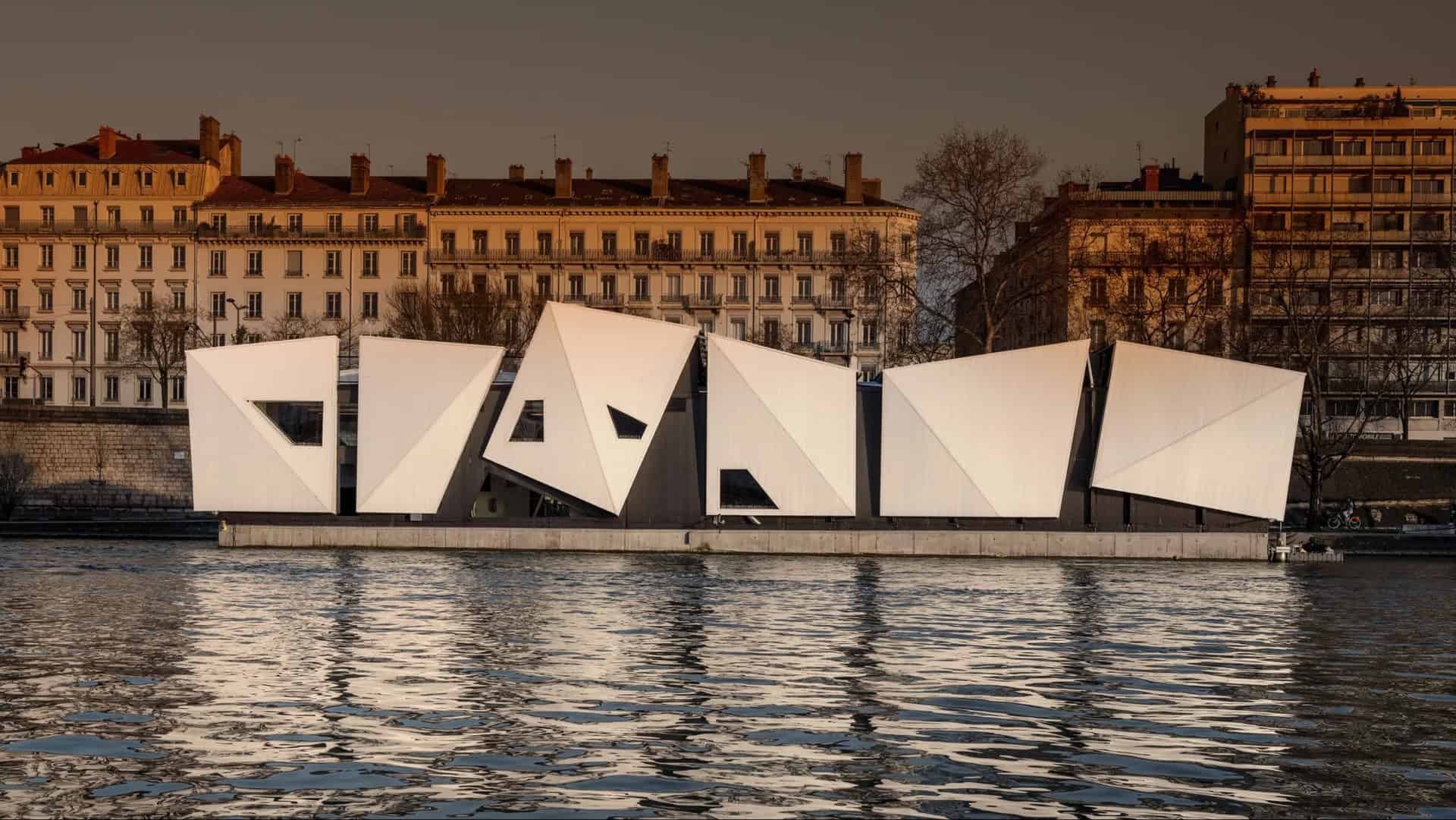The Netherlands has been at the forefront of innovative solutions to tackle rising sea levels.
This blueprint outlines 10nstrategic steps the Dutch are employing to keep their land safe from the encroaching waters.
1. The Rising Threat
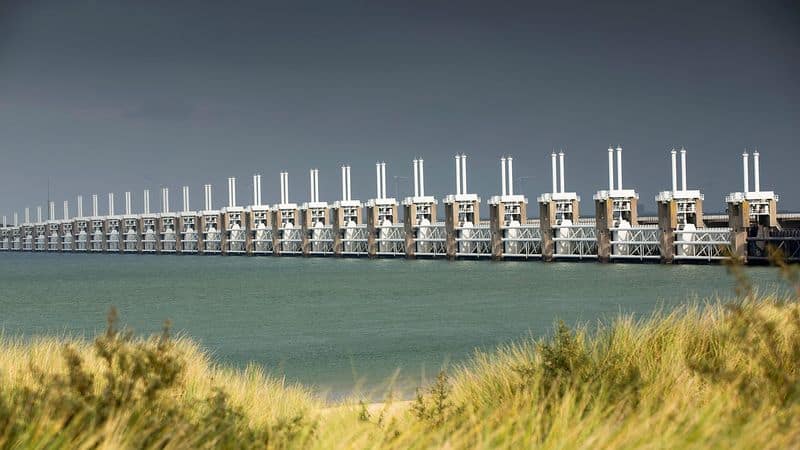
Rising sea levels pose a significant threat to the Netherlands, with much of the land lying below sea level.
This challenge calls for innovative approaches to safeguard communities and livelihoods.
Understanding this threat is the first step in developing effective strategies to mitigate the risks.
With climate change accelerating, the urgency to address rising waters increases.
The Dutch are keenly aware of this, as their nation’s history is deeply intertwined with the battle against the sea.
Investing in research and technology is essential to stay ahead of potential disasters.
2. Floating Cities Concept
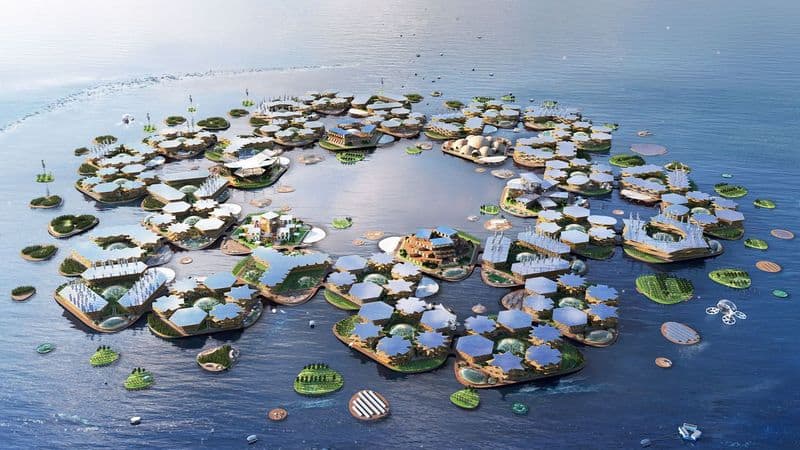
Imagine cities that float! The concept of urban centers on floating platforms is gaining traction in the Netherlands.
These structures are designed to rise and fall with the tides, providing a resilient solution to sea level rise.
Building on water, however, comes with its own set of challenges. Engineers must ensure stability and safety, all while creating a liveable environment.
The Dutch see this as a sustainable alternative to traditional land reclamation, blending innovation with necessity in the face of environmental changes.
3. Engineering Challenges
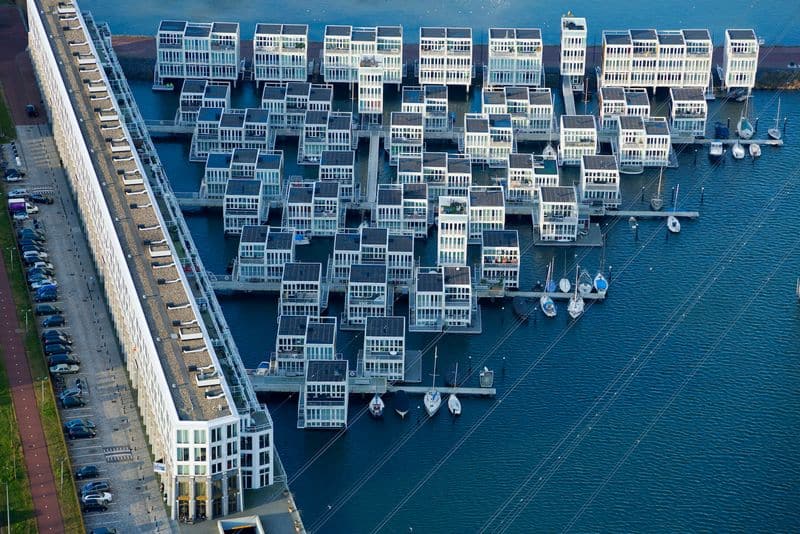
Engineering solutions for rising sea levels involve complex challenges.
From designing strong sea barriers to ensuring the stability of floating structures, the task requires expertise and precision.
Dutch engineers are renowned for their ability to craft robust, adaptive solutions to water-related issues. Their work involves constant adaptation and innovation.
Collaboration among various engineering disciplines is crucial to overcome obstacles, ensuring that solutions are not only effective but also sustainable in the long run.
4. Sustainability Ideal
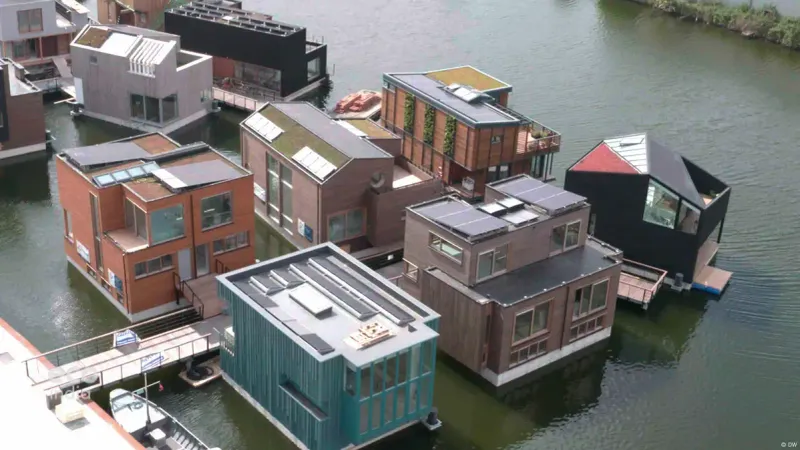
Sustainability is at the heart of Dutch strategies against sea level rise.
Integrating eco-friendly technologies into new constructions ensures minimal environmental impact.
Floating cities equipped with solar panels and green spaces exemplify this ideal.
By harnessing renewable energy and promoting biodiversity, the Dutch aim to create harmonious urban ecosystems.
This approach not only addresses environmental concerns but also sets a precedent for future developments, proving that progress and nature can coexist.
5. Prototype Floating Neighborhoods
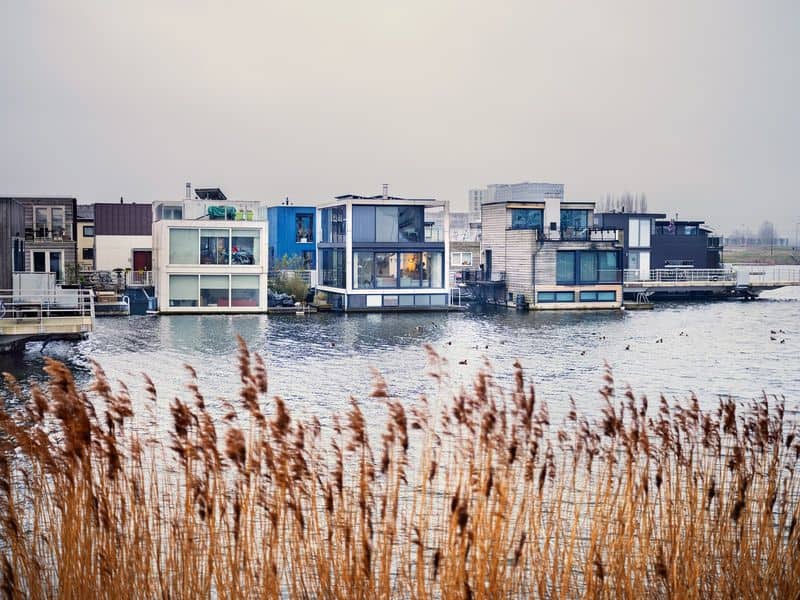
The Netherlands is experimenting with prototype floating neighborhoods. These smaller communities serve as testbeds for larger initiatives.
Residents in these experimental areas provide valuable feedback that shapes the development of future projects.
Observations from these prototypes help refine designs and address unforeseen challenges.
This iterative process is crucial for scaling up the concept, ensuring that future floating cities are both practical and desirable places to live.
6. Social and Economic Implications
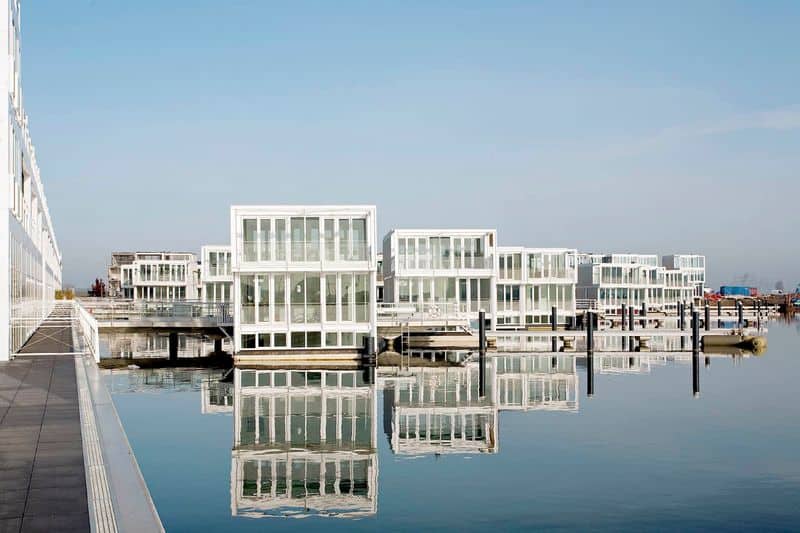
Floating cities bring significant social and economic changes. While offering innovative living solutions, they also challenge traditional social structures and economic models.
The transition to water-based living can affect employment, real estate markets, and community interactions.
The Dutch are exploring ways to integrate these changes smoothly.
Understanding these implications helps policymakers devise strategies to support affected communities, ensuring that progress benefits all societal sectors.
7. Global Interest
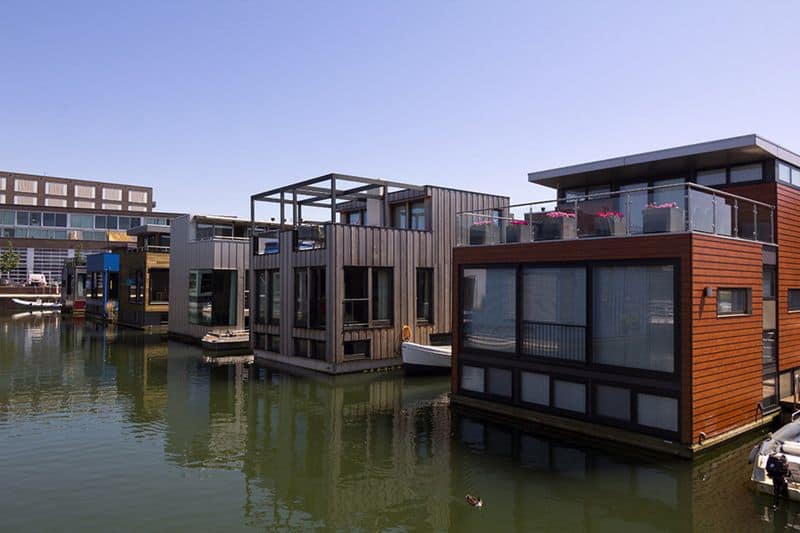
The Dutch approach to rising sea levels holds global relevance, as many nations face similar challenges. Sharing knowledge and technologies can foster international collaboration.
As an innovator in water management, the Netherlands sets an example for countries worldwide.
Their expertise serves as a blueprint for other regions vulnerable to sea level threats.
By fostering global cooperation, countries can collectively work towards resilient solutions, using Dutch strategies as a foundation for future endeavors.
8. Logistical Hurdles
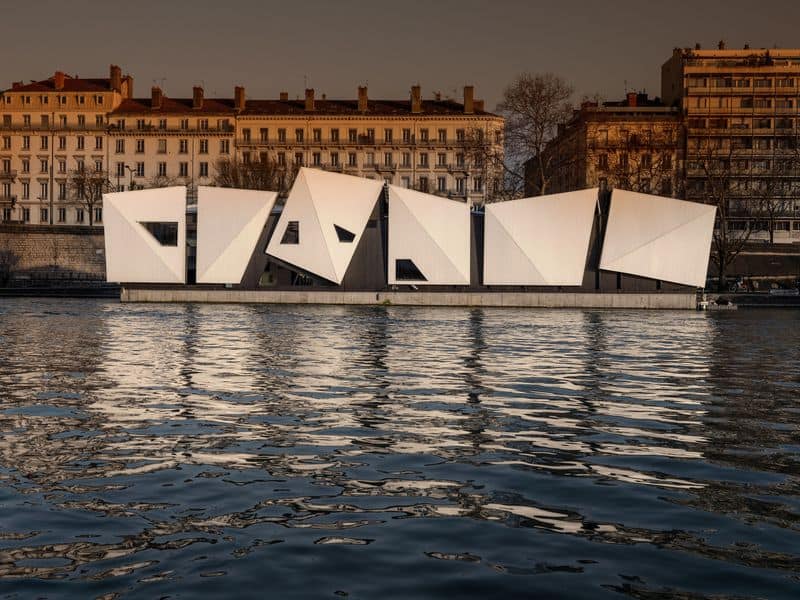
Building on water presents logistical hurdles, from transporting materials to constructing stable foundations. These challenges require meticulous planning and execution.
Engineers must consider weather conditions and water currents, which can complicate construction efforts.
The Dutch have developed innovative techniques to navigate these hurdles.
By addressing logistical challenges head-on, they ensure that projects are completed efficiently, setting new standards for maritime construction.
9. Legal Issues with Maritime Construction

Building on water introduces complex legal challenges. Navigating maritime laws and securing approvals requires careful attention to detail.
The Dutch are pioneering legal frameworks to accommodate new construction paradigms, ensuring compliance with national and international regulations.
This proactive approach not only facilitates current projects but also lays the groundwork for future developments, paving the way for widespread adoption of floating infrastructures.
10. Public Perception
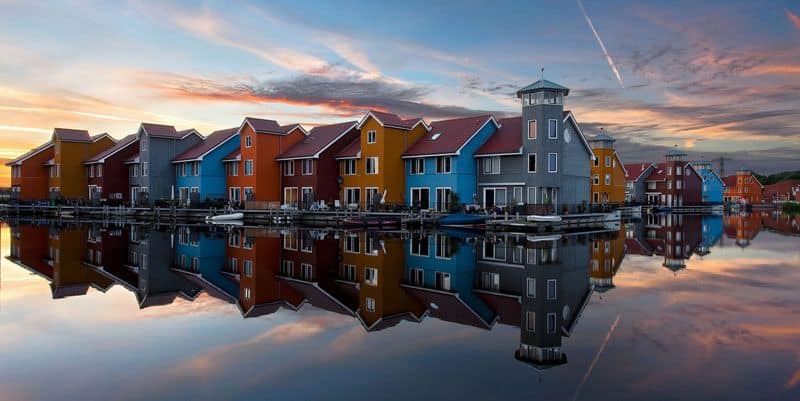
Public perception plays a critical role in the success of floating city projects. Gaining community support is essential for smooth implementation.
The Dutch are engaging with communities to address concerns and highlight the benefits of water-based living.
Transparency and education are key components in this process.
By fostering open dialogues, the Netherlands ensures that public perception aligns with project goals, paving the way for successful adoption of these innovative solutions.

